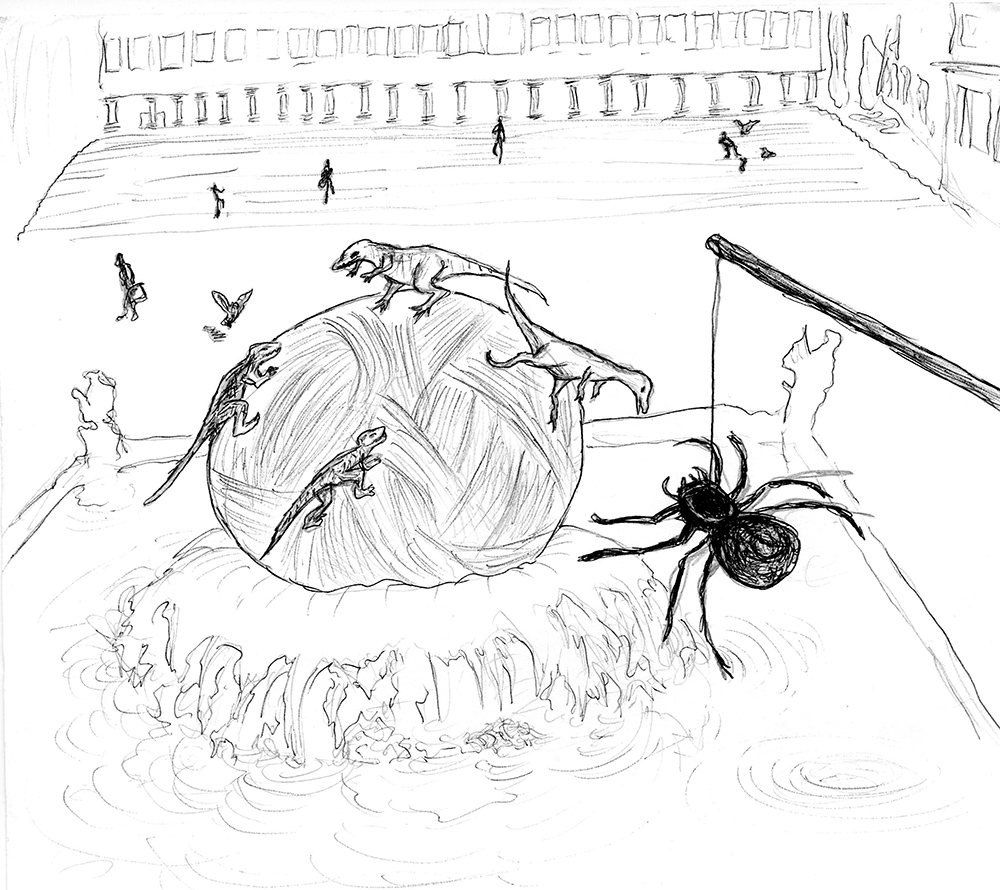Mattias Forshage
25 paleontological dream scenes 2000-2020:

It’s raining for the duration of our vacation, so I spend the time curating the paleontology collections of an abandoned natural history museum.
On an Italian piazza like in an Argento movie, there is a big globe rolling on top of the water jet in a fountain. The globe is red and steaming but looks more like some wooden material than actual meat, and running all around its surface, defying gravity, are plenty of small carnivorous dinosaurs. Sometimes you need to decrease the mass of the globe by scaring it with a spider on a stick.
We visit a dinosaur park, and of course sneak off from the guided tour. It is amazing to see a huge sauropod come walking in a regular boreal spruce forest. Brachiosaurus is not a valid name anymore, and I name this one Brachyserphus (actually a wasp). But someone has dressed it, in a huge leather harness, with numerous straps for sect members to danglingly hold on to.
Together with Mary Anning, the 19th century paleontology pioneer, I am walking along the south English beaches, discovering new fossils, and possibly making love.
One more of these nature documentaries about the African savanna. This one is actually a commercial for a South Korean genetics company. It is always sunset on the savanna, dinosaurs roam there together with giant ostriches.
Looking for a lost love, I end up quarelling with strangers in the street. But we are under attack by small dinosaur bull calves.
Finding myself at an absurd visitors center in a countryside locality, the number of cheap fossils and plastic dinosaurs sold convinces me I must be at a particular Cretaceous fossil site, Ivön. However I am more interested in comic books.
Members of the municipality council in smalltown Waxholm have kept disappearing. I am requested in the investigating commission, to provide some paleontological expertise. But I am a fake, I know the stratigraphy of the Jurassic and the Cretaceous but nothing else.
Investigating vast beds of plant fossils, we realise that they actually resemble human skeletons and it might be a mass grave of ancient humans. As we’re pondering the implications they assume flesh and rise to hunt us.
Finding myself at the Army museum in the 1970s, I am eager to investigate two departments that I really want to know what they were like: paleontology and mining history.
A male philosopher brings his several genius sisters, one of which is an inventor of animals, and nervously I offer to answer questions she might have about systematics and paleontology.
I am bored at a wedding party and get out to get some fresh air. There I see a pterodactyl coming flying. This is impressive, but I can’t remember whether it is truly sensational or not.
Terrified, I am watching an army of suburban nazi cheerleaders, but I am able to ignore them because there are interesting probably extinct animals coming down the trees: giant armadillos, anoles the size of alligators, and a therapsid, possibly Moschops.
When my friend Ika tells me Chinese limestone mountains is one of the very few things she is interested in, a huge terrapin flies over our heads, looks like an extinct kind. As it lands on the roof across the street, it becomes the eaves of the roof, and then the eaves becomes the jaws of a big mechanical dinosaur, which comes to life, stomps the ground and slowly, mechanically, starts chasing us.
A teenager in heavy makeup gives an improvised public lecture about the dinosaur bones in the rock just next to the market square. I enjoy it immensely. Somewhat later I realise she was played by rock musician Joan Jett.
In the afternoon train I often meet up with my paleontologist friend Graham Budd, but I am suspecting he’s a fake, his beard is too big, I suspect he’s actually from the local heritage association.
On the way to the chocolate factory there are several obstacles. One is climbing a steep hill where running water exposes the fossil-bearing slippery shale. It’s possible to hold on to lianas. But the lianas are covered with the fossil surface structure of extinct lycophytes.
A student is complaining, no one is allowed to do research about the ecology of extinct organisms anymore, they all have to work with live snakes.
The paleontologist Sven had far too radical ideas and had to quit, but has remained roaming the institution as a ghost.
Whale-like fossils uncovered down in the harbour are actually fossil sailing boats.
I am given the responsibility of a group of children, so with them I go and investigate abandoned buildings, one of which turns out to be a natural history museum, with vast fossil collections mixed with osteological and entomological collections. The place has its own ghost children.
An entomologist friend demonstrates a public fossil site. Known fossils are circled in red and have information signs, but the strata themselves are more fascinating, they are soft and sometimes edible, interspersed between semi-consolidated muds and clays are for example wallpaper glue and sweetened whipped cream.
Someone has invited ecological poets to a scientific conference, which causes some friction. But no one had noticed that the boulders surrounding us are huge fossil trilobites and gastropods.
At a fossil dig site, a real live Thyreophoran (armored dinosaur) of an unknown kind is uncovered. It is dazed, but as soon as it get its bearings it will start charging at us like a rhinoceros. That’s the way things are, it’s a bit annoying to have to remain alert and step out of the way, but we’re not going to harm the sensational poor bastard.
My friend is pouring tea on me, so I ignore him and look out the window. I see a kestrel flying in between the buildings, but before I remember the English name it has transformed into a pterodactyl, very stiff, possibly mechanical.
